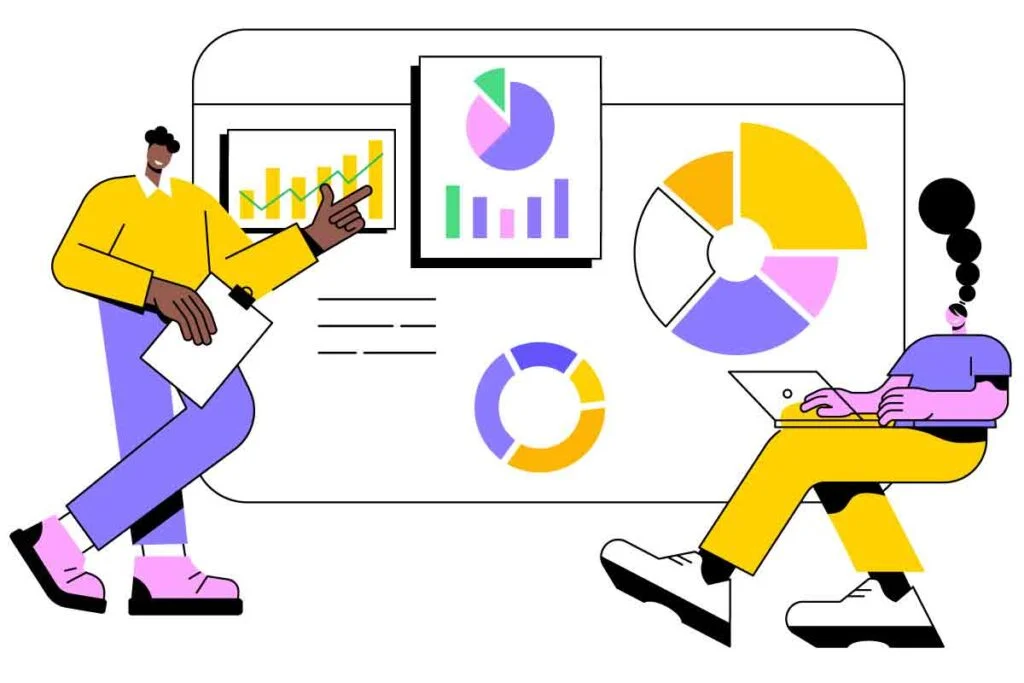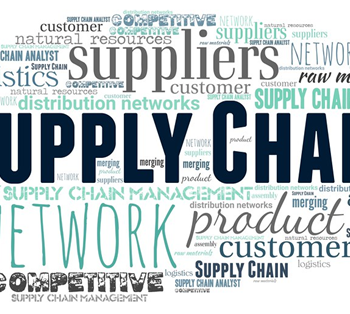It’s not easy to dig oneself out from beneath a mountain of debt. Keeping up with bills and saving for unexpected costs might seem like an uphill battle. However, if you just make the minimal payments to your creditors, you might end yourself deeply in debt and it could take you months, if not years, to get out of it.
You’re in luck, since there are several painless methods for overcoming financial difficulties. You may either seek a debt consolidation loan or a balance transfer credit card to simplify your financial situation, or you can adjust your monthly spending habits to free up more cash for debt repayment. The debt snowball method and using unexpected cash gains are two further options for speeding up the process of paying off debt. If you’re out of other options, you can consider settling your debts for less than you owe. Which strategy is ideal for you depends on your unique financial situation and goals. But how to get out of debt quick?
Methods for releasing oneself from debt
If you’re serious about eliminating your debt, the steps outlined below are where to start.
Don’t just pay the bare minimum; pay more than that.
Consider your spending patterns and the amount you can spare to put towards debt repayment. You may save money on interest and reduce your debt load faster if you pay more than the minimum each month.
Methodology and rationale: If you make payments on your credit card debt that are more than the minimum, your principal balance will be lowered more rapidly. How to get started: Make sure to plan the extra payment plenty of time before the day it’s due for the current billing cycle. It may also be tacked onto the monthly minimum payment.
The debt snowball method deserves some thought.
Even if you are currently paying more than the minimum payment each month, the debt snowball strategy may help you lower your total debt. You should pay at least the minimum amount due on all of your bills except the one with the smallest balance, which you should pay off as quickly as possible. If you make “snowballing” payments on your smallest debt, you may quickly eliminate it and move on to the next lowest loan while still making the minimum payments on the rest of your obligations.
If you’re having trouble getting started or keeping up with your debt repayment, the debt snowball method may provide the motivation you need to focus on eliminating one bill at a time. If you have a title loan or a payday loan, the debt snowball approach is not a viable option for you. The debt snowball approach might help you get out from under your financial burden quickly and easily.
Refinance current debt.
Refinancing your home, auto loan, personal loan, or student loan may help you save hundreds of dollars in interest over the life of the loan and speed up your ability to pay it off.
One way to achieve this is to apply for a debt consolidation loan, which is essentially a personal loan used for the purpose of paying off many smaller debts at once. If you have existing credit card debt, you may want to investigate balance transfer credit cards. These cards often provide an introductory APR of 0% for a period of time between six and eighteen months.
Conclusion
Instead of putting money you get from tax refunds or the stimulus package into savings or treating yourself, use it towards paying down your debts. You could use the whole windfall to pay off your debt, or you could split it in half and use one half to do that while using the other half to treat yourself to something nice, like a vacation or a fancy dinner.







